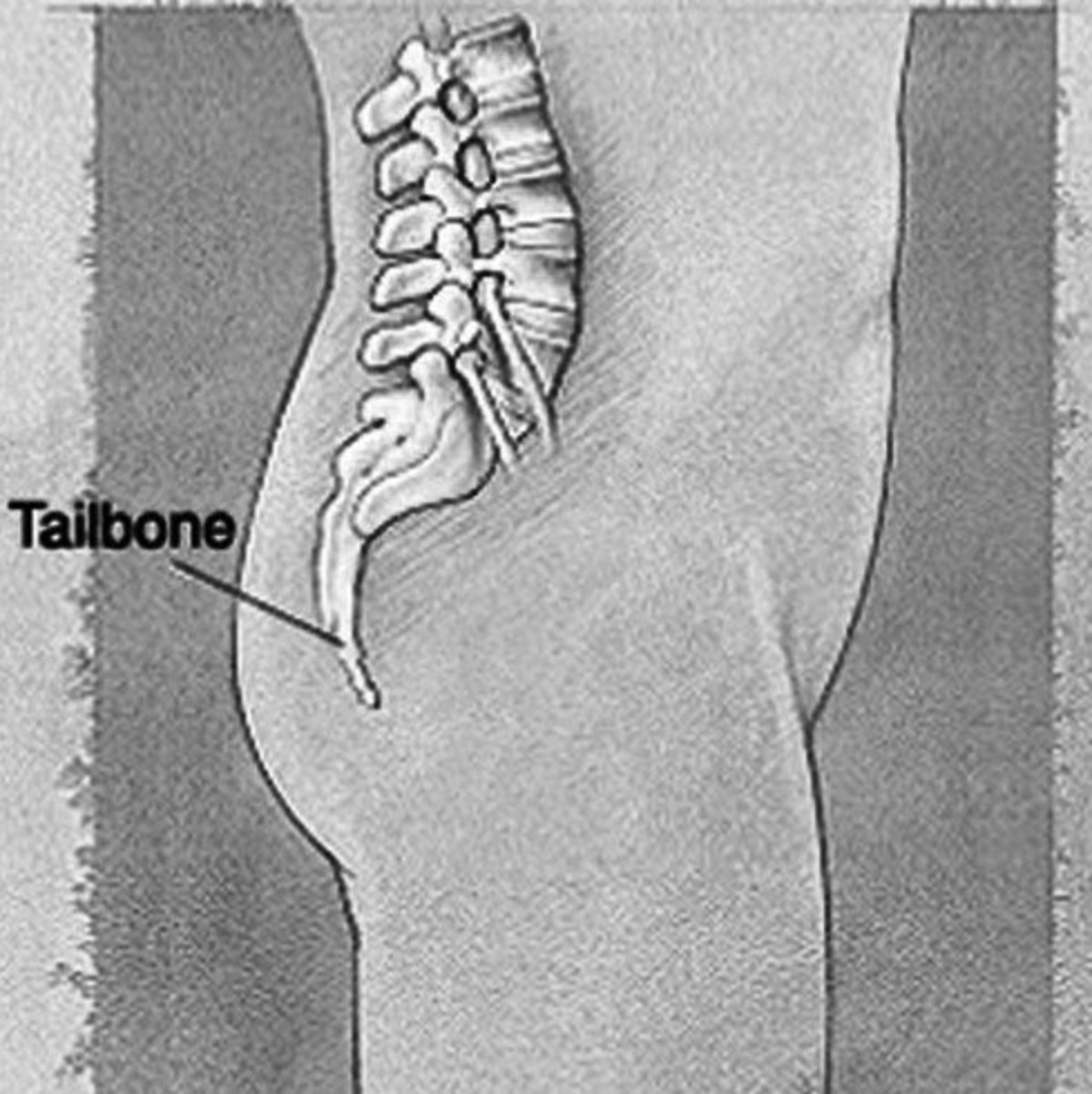What Is a Subdural Hematoma?

Variations of Subdural Hematoma
A Subdural Hematoma occurs when an injury to the head causes a bridging vein (a vein that joins the brain to the surrounding tissue) to rupture. This then causes bleeding and clotting in the outer most layer of the dura matter (lining of the brain).
There are two types of subdural hematoma: acute and chronic.
Acute Hematoma: This type occurs immediately after a high-impact head injury such as a car accident and is the most serious form.
Chronic Hematoma: This type is commonly seen in older people and sometimes there is no known cause. Chronic hematoma occur in the elderly because the bridging veins are already stretched due to natural aging and brain atrophy so even the smallest injury can cause a bleed. As we age the subdural space increases so it can often take weeks for symptoms to emerge.
Risk Factors for Subdural Hematoma
As with any type of injury there are certain dispositions that make a patient more likely to suffer from a subdural hematoma if they were to suffer head trauma:
- Repeated head injury
- Falls
- Anticoagulation medication (blood thinners including aspirin)
- Old/very young age
- Long term alcohol abuse
Symptoms And How To Spot A Subdural Hematoma
So, how on earth do you know if you've got a subdural hematoma brewing in your head? For an acute hematoma it's highly likely that the patient has been involved in an accident where they have already experienced some head trauma. In any case they should be seen by a medical professional immediately to rule out any injuries including this. However, if on the way to the hospital and you notice any of these symptoms you will need to report them straight to a medical professional:
- Confused speech
- Difficulty with balance or walking
- Headache
- Lethargy or confusion
- Loss of consciousness
- Nausea and vomiting
- Numbness
- Seizures
- Slurred speech
- Visual disturbances
- Weakness
In infants:
- Bulging fontanelles (the "soft spots" of the baby's skull)
- Feeding difficulties
- Focal seizures
- Generalized tonic-clonic seizure
- High-pitched cry
- Increased head circumference
- Increased sleepiness or lethargy
- Irritability
- Persistent vomiting
- Separated sutures (the areas where growing skull bones join)
These same symptoms apply to chronic hematoma as well. Although they are much more difficult to spot because they normally occur over time it is vital that you get these symptoms checked out as soon as you experience them, especially if you are a person with a pre-disposition already.
References: PubMed Health
Head Trauma Stats
Have you ever had a head trauma that caused a bleed?
How A Subdural Hematoma Is Formed
This video will show you an animation of a subdural hematoma being formed, what causes it, and complications that can arise from not treating the hematoma.
A subdural hematoma is formed by blood pooling in the space between the brain and the skull; the bleed is normally caused by a bridging vein being stretched beyond its limits causing it to rupture and therefore leak blood into the space. Having one bridging vein rupture can then cause other bridging veins to stretch beyond their means because of the pressure being applied on the brain. If this is not treated immediately then it can cause further hemorrhages and then death.
Watch the video for the graphic representation.
Subdural Hematoma Animation
Diagnosis And Treatment
Once the patient has arrived at the hospital, or other medical facility, a medical professional will do an initial assessment. Once a subdural hematoma as been established, or even just suspected, a MRI or CT scan will be performed to look at the size and location of the hematoma.
Depending on the size and rate of growth the hematoma may or may not require surgery. If it is a very small bleed with minimal risk then the patient will be monitored closely while the body heals itself. However, if it is a larger bleed it may require emergency treatment.
If the hematoma is smaller and contained then it can be removed via suction through a small catheter. However, if it is very large then a craniotomy maybe the only treatment a the patient's life is in danger; an opening in the skull is made to physically remove the hematoma.
Once the patient has received the initial treatment then they will be closely monitored. They may even have to take a course of anticoagulants (blood thinners) as the clotting factors will be high in the body and the risk for further clots is significantly higher. When the patient is stable and the doctors are happy then care can resume at home under the normal health care provider if necessary. The patient will be informed of any restrictions on their lifestyle prior to leaving the hospital and a further check-up may be needed at a later date.
Complications and Prevention
If the subdural hematoma has caused significant damage then there can be some long term complications, or even cause death if the brain herniated before treatment. Depending on the size of the hematoma and how long is was pressing on the brain the complication can range from mild (some slight modification to lifestyle) to severe (needing constant care). Complications include:
- Memory loss
- Headaches
- Dizziness
- Seizures
- Weakness in limbs
- Difficulty speaking
In order to prevent subdural hematoma occurring it is important to have a head injury looked at by a neurologist, or other medical professional, to rule out any damage or complications. If you experience any abnormal changes such as headaches or memory problems, especially if you're older, the you should also get checked out.
You should also always use the proper safety equipment when participating in any activity that has a risk to head injury; this includes wearing a safety belt when driving.
Disclaimer
This article is for information purposes only and should not replace the attention of your health care provider. If you have any doubts whatsoever then you should call your doctor or emergency services for assistance.
More Information
- Living With Factor V Leiden: What is a Hematoma?
If you have another type of hematoma that you need information on you can find out more here.
© 2012 Bobby



